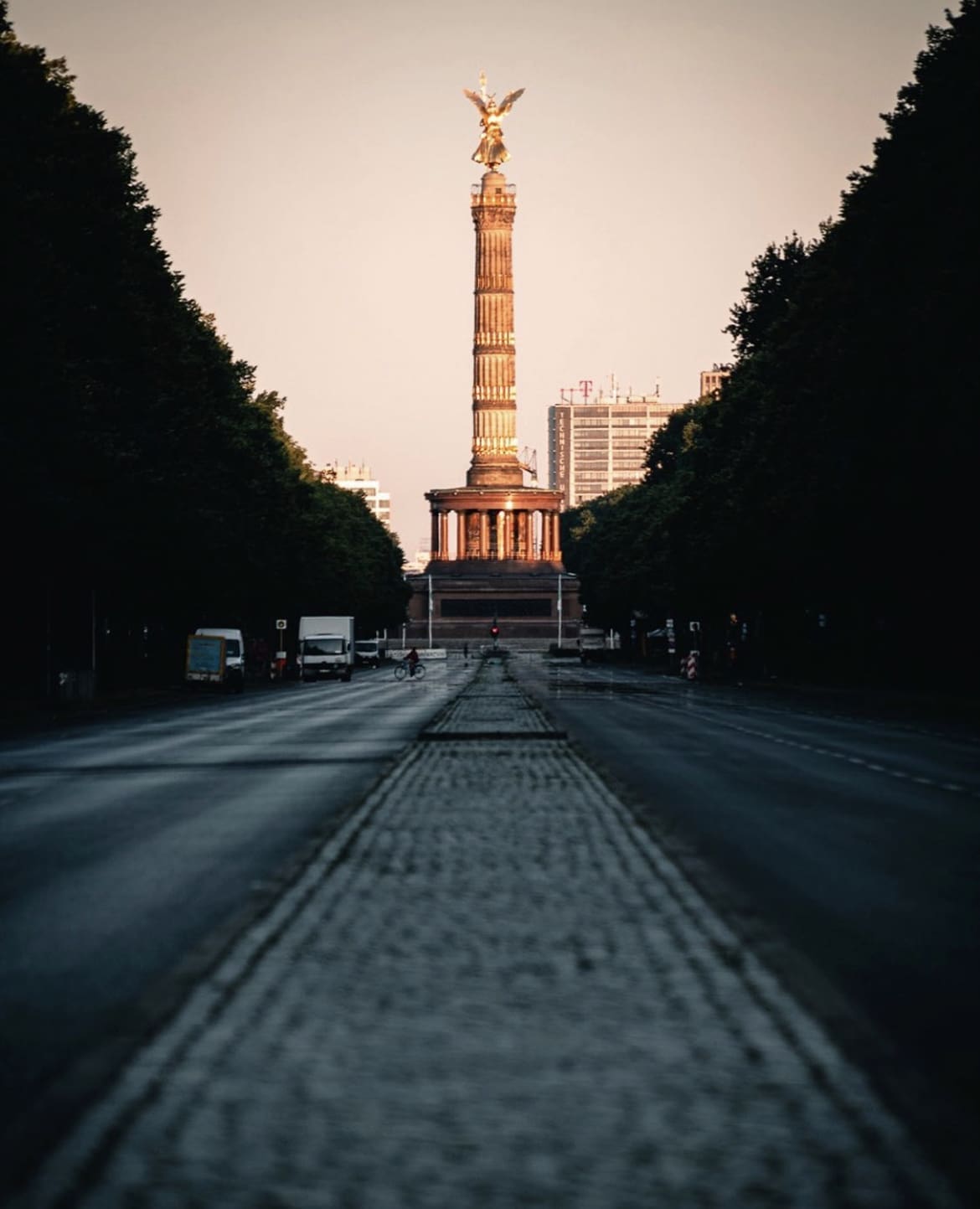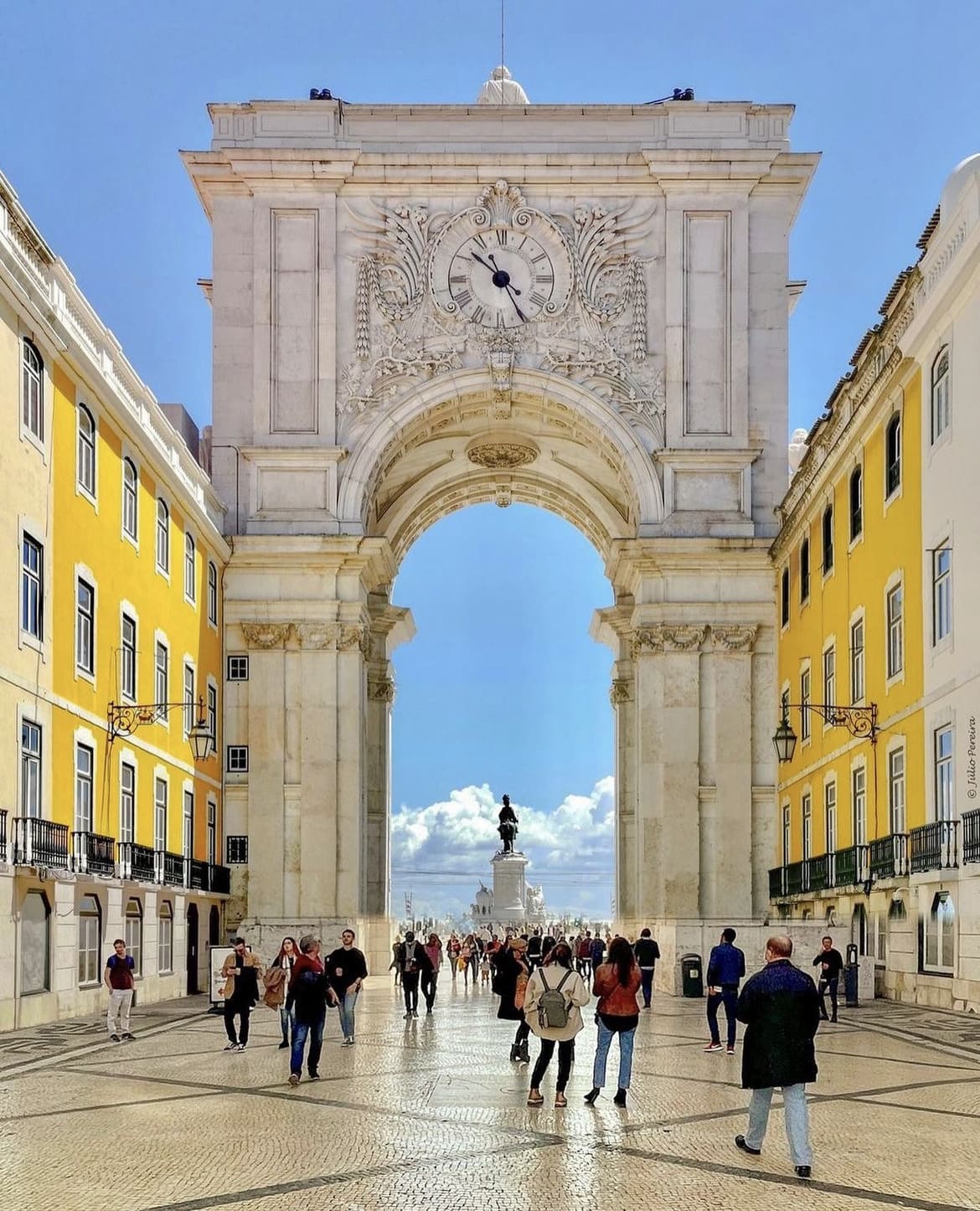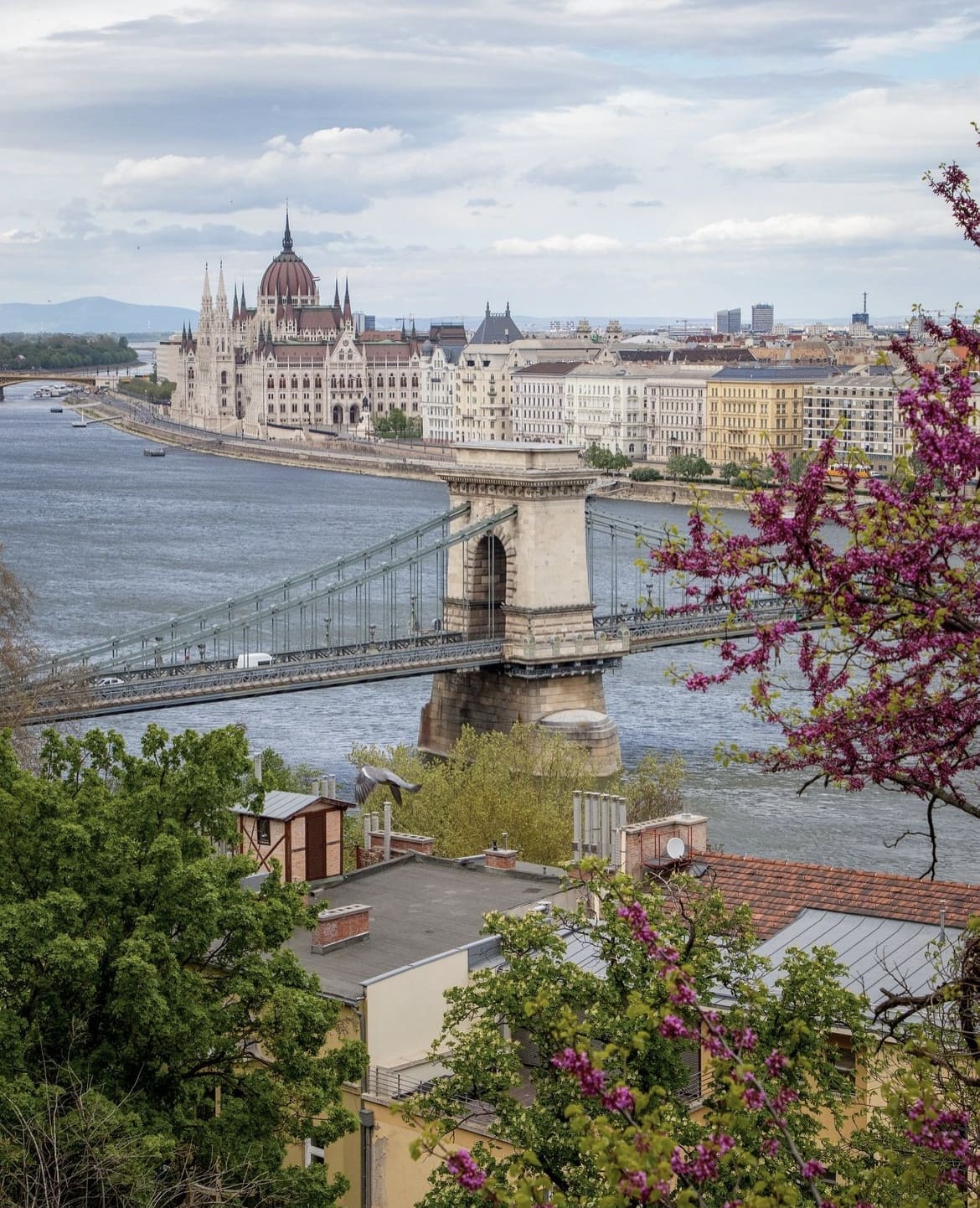[social_warfare]
Europe’s Pickpocket Hotspots: Navigating Tourist Traps Safely
It starts with the thrill of visiting Europe’s iconic landmarks. Tourists stand in awe of Rome’s Trevi Fountain, cameras flash around the Eiffel Tower, and laughter fills Barcelona’s Las Ramblas. Amidst the beauty and excitement, however, lurks a hidden risk: pickpocketing.
As one of the most common issues travelers face, losing money or valuables can turn a dream vacation into a stressful ordeal. Understanding the high-risk spots and safeguarding your possessions has never been more crucial for ensuring a smooth, enjoyable journey through Europe.
Rome
Rome’s Trevi Fountain is a tourist magnet, with thousands flocking daily to toss coins into its waters, hoping for a return to the Eternal City. Pickpockets blend into the tightly packed crowds and use distractions like performers, aggressive vendors, and staged accidents to their advantage.
The Colosseum, another major attraction, also poses risks, as travelers are often engrossed in photography, leaving backpacks and pockets exposed. Public buses around tourist hotspots are particularly vulnerable, with criminals targeting those unfamiliar with their surroundings. Remaining vigilant, keeping bags secured, and using anti-theft accessories can mitigate these risks significantly.

Paris
Paris, the City of Light, has long enticed visitors with its art, history, and architecture. However, popular sites like the Eiffel Tower and the Louvre attract not only tourists but also savvy pickpockets. They leverage crowds at security checks or observation decks to get close to unsuspecting targets.
The Montmartre district, bustling with cafes and street performers, is also a prime hunting ground for thieves due to its labyrinthine streets and distracted visitors admiring Sacré-Cœur. Even the city’s famed Metro system has its share of risks, with pickpockets working in groups to exploit passengers during busy commutes.
To safeguard belongings, tourists should keep valuables close, remain aware of their surroundings, and avoid carrying unnecessary cash or passports.

Barcelona
Barcelona’s vibrant atmosphere, infused with Gaudi architecture and lively street scenes, often leaves travelers spellbound. This very charm, especially in tourist hotspots like Las Ramblas and the Sagrada Familia, can also expose them to theft.
Las Ramblas, in particular, is notorious for pickpocketing, given its narrow pedestrian streets and bustling markets that create natural distractions. Pickpockets employ tactics such as staged arguments or handing out “free” items to divert attention.
Travelers should consider carrying secure bags and remain cautious of unsolicited distractions while navigating this lively Mediterranean city.

Amsterdam
Amsterdam, known for its canals and distinctive architecture, also sees pickpocketing activity in its popular Red Light District and cultural institutions like the Van Gogh Museum.
The crowded, narrow streets provide ample opportunity for thieves to operate undetected, while tourists are often preoccupied with taking photos or exploring cafes and museums. Pickpockets may exploit bicycle rentals, markets, and busy tram lines to steal wallets and phones.
Travelers can minimize risk by avoiding distractions, securing valuables in hidden pouches, and staying alert in densely packed areas.

Berlin
Berlin’s blend of historical and modern attractions makes it a prime destination, but its landmarks, such as Brandenburg Gate and Checkpoint Charlie, are also notorious pickpocket zones.
The Reichstag and East Side Gallery attract large crowds, giving thieves ample cover. Pickpockets often work in pairs, with one distracting the target while the other takes their belongings.
Public transportation hubs, particularly the U-Bahn and S-Bahn stations, require extra vigilance. Travelers should consider reducing valuables carried and keeping wallets close to their bodies.

Prague
In Prague, Old Town Square and Charles Bridge captivate visitors with Gothic architecture and riverside views. However, their crowded nature makes them fertile ground for pickpockets. Public transit, including the Metro and tram routes, is also problematic, especially for tourists distracted by maps or admiring the scenery.
Thieves often operate in groups, staging distractions like “accidental” spills or heated arguments. Tourists can safeguard their belongings by using secure, zipped bags and avoiding public displays of valuable items.

Lisbon
Lisbon’s trams are iconic, with the winding routes offering scenic views of Alfama and the historic Belém district. However, the popularity of Tram 28, a favorite among tourists, makes it a hotspot for pickpockets.
In Alfama’s winding alleys and markets, thieves exploit the density and tourists’ unfamiliarity.
Lisbon’s trams and buses can become crowded quickly, so keeping belongings secure and avoiding putting valuables in easily accessible pockets can prevent unpleasant surprises.

Budapest
Budapest’s combination of historic architecture and thermal baths brings travelers into close contact with potential thieves, particularly near the Parliament Building and Fisherman’s Bastion.
Pickpockets use crowded metro stations and public squares to their advantage. The city’s thermal baths, where tourists are less vigilant due to the relaxed environment, can also attract opportunistic criminals.
Travelers should secure their belongings even in changing areas and keep their possessions within sight while soaking in the city’s famed hot springs.

The Pickpockets M.O
Pickpockets employ diverse tactics, often targeting tourists who are distracted or unaware. One common approach is the distraction technique, where one thief draws attention away with an accidental spill, staged argument, or performance while an accomplice steals valuables. Other criminals will hand out “free” items or fake petitions, subtly searching bags or pickpocketing unsuspecting tourists.
Public transportation systems like buses, trams, and metros are ideal for pickpockets due to crowded spaces and frequent stops. Thieves may also exploit the confusion at busy ticket counters or train platforms. In major cities like Rome, Paris, and Barcelona, criminals often work in groups, staging fake altercations or pretending to help tourists with directions.
Certain scams focus on vulnerabilities like keeping wallets in easily accessible pockets or leaving bags open in public spaces. By preying on tourists’ trust and distractions, pickpockets can quickly disappear into crowds. Awareness of these tactics is the first step toward protecting oneself from theft.
Keeping valuables close and secure, maintaining vigilance in crowded areas, and avoiding unnecessary distractions can significantly reduce the risk of becoming a target.
While the allure of Europe’s landmarks is undeniable, travelers should take active measures to protect themselves. Investing in anti-theft bags or money belts helps secure important documents and cash. Keeping purses and backpacks zipped and within sight, particularly on crowded public transport, minimizes opportunities for theft.
Travelers should also avoid putting all valuables in one place, like carrying a spare credit card separate from their main wallet. Governments and local police often provide travel safety guidelines that are worth reviewing, and many tourist areas have visible patrols or help kiosks where assistance can be sought if needed.
Incorporating these simple practices into travel habits can make a substantial difference, as many travelers who have experienced pickpocketing recall the event as a result of brief lapses in vigilance. Ultimately, being aware of common schemes and remaining cautious ensures a more secure travel experience.
Tourists can still enjoy their journeys through Europe while being vigilant and prepared. The most heavily targeted locations are also among the continent’s most beautiful, so it’s crucial to approach them thoughtfully. A secure bag, travel insurance, and an awareness of common tactics will help reduce the risk of theft. By remaining cautious and taking simple precautions, travelers can navigate Europe’s pickpocketing hotspots safely, leaving them with pleasant memories instead of stressful tales.
